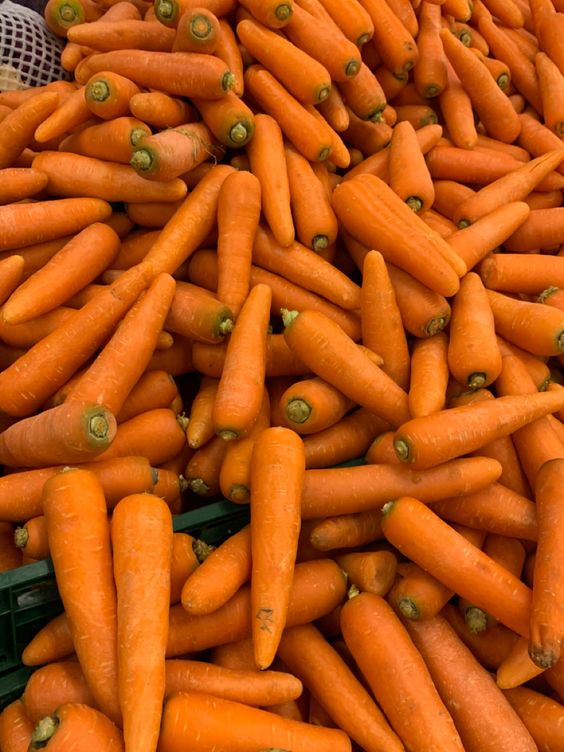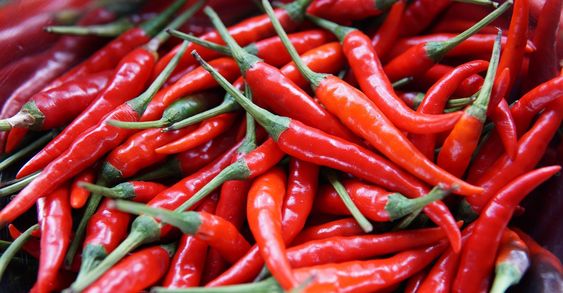Sweet Potato Cultivation: A Comprehensive Guide
Sweet Potato Cultivation, a starchy, tuberous root vegetable, are a staple food in many parts of the world, particularly in tropical and subtropical regions. Renowned for their versatility, nutritional value, and resilience to adverse growing conditions, sweet potatoes have gained significant attention as a sustainable and resilient crop. This comprehensive guide delves into the intricacies of sweet potato cultivation, exploring its history, benefits, cultivation techniques, challenges, and potential for sustainable agriculture.
Contents
- 1 Benefits of Sweet Potato Cultivation
- 2 Goals of Sweet Potato Cultivation
- 3 Ideas for Sweet Potato Cultivation
- 4 Topic Suggestions for Sweet Potato Cultivation
- 5 Advantages of Sweet Potato Cultivation
- 6 Challenges in Sweet Potato Cultivation
- 7 Sweet Potato Varieties
- 8 Soil Preparation and Fertilization
- 9 Planting and Spacing
- 10 Irrigation Management
Benefits of Sweet Potato Cultivation
- Nutritional Value: Sweet potatoes are an excellent source of essential nutrients, including vitamins A, C, and B6, as well as dietary fiber, potassium, and manganese.
- Food Security: As a resilient crop with high yields, sweet potatoes contribute significantly to food security, especially in regions vulnerable to climate change and natural disasters.
- Economic Opportunities: Sweet potato cultivation can provide income generation opportunities for small-scale farmers and contribute to rural development.
- Soil Improvement: Sweet potatoes have a positive impact on soil health by improving soil structure and fertility.
- Climate Resilience: Sweet potatoes are drought-tolerant and can thrive in various soil conditions, making them a suitable crop for adapting to climate change.
Goals of Sweet Potato Cultivation
- Increased Production: Enhancing cultivation practices to maximize sweet potato yields and productivity.
- Improved Quality: Developing strategies to improve the taste, texture, and nutritional value of sweet potatoes.
- Disease and Pest Management: Implementing effective measures to protect sweet potatoes from diseases and pests.
- Sustainable Production: Promoting environmentally friendly cultivation methods to minimize the ecological footprint.
- Market Development: Expanding market opportunities for sweet potato products.
Ideas for Sweet Potato Cultivation
- Crop Rotation: Incorporating sweet potatoes into crop rotation systems to improve soil health and reduce pest and disease pressure.
- Intercropping: Growing sweet potatoes with other crops to enhance biodiversity and optimize land use.
- Organic Cultivation: Adopting organic practices to produce high-quality, healthy sweet potatoes.
- Value-Added Products: Developing and marketing value-added products, such as sweet potato chips, flour, and baked goods.
- Seed Production: Establishing a reliable seed system to ensure the availability of high-quality planting material.
Topic Suggestions for Sweet Potato Cultivation
- Sweet potato varieties and their characteristics
- Soil preparation and fertilization for optimal growth
- Planting and spacing recommendations
- Irrigation management for efficient water use
- Weed control strategies
- Pest and disease management
- Harvesting and handling techniques
- Post-harvest storage and processing
- Sweet potato nutrition and health benefits
- Sweet potato in food security and poverty alleviation
- Sweet potato cultivation in different agro-ecological zones
- Economic analysis of sweet potato production
- Policy and market development for sweet potatoes
Advantages of Sweet Potato Cultivation
- High Yield Potential: Sweet potatoes can produce high yields per unit area, making them a profitable crop for farmers.
- Versatility: Sweet potatoes can be consumed in various forms, including boiled, baked, fried, and processed into different products.
- Resilience: Sweet potatoes are tolerant to drought, pests, and diseases, making them a low-maintenance crop.
- Nutritional Value: Sweet potatoes are a rich source of essential vitamins, minerals, and fiber, promoting human health.
- Soil Improvement: Sweet potatoes can help improve soil structure and fertility, benefiting subsequent crops.
- Economic Benefits: Sweet potato cultivation can generate income for farmers and contribute to rural development.
- Environmental Benefits: Sweet potatoes require fewer chemical inputs compared to other crops, reducing environmental impact.
Challenges in Sweet Potato Cultivation
- Soil Constraints: Poor soil fertility and waterlogging can limit sweet potato growth and yield.
- Pests and Diseases: Sweet potatoes are susceptible to various pests and diseases that can cause significant losses.
- Market Fluctuations: Price fluctuations in the sweet potato market can affect farmers’ income.
- Lack of Technology: Limited access to improved varieties, cultivation techniques, and post-harvest technologies can hinder production efficiency.
- Climate Change: Climate change impacts, such as extreme weather events and changing rainfall patterns, can affect sweet potato production.
Sweet Potato Varieties
The diversity of sweet potato varieties is vast, with each possessing unique characteristics in terms of yield, flavor, texture, and adaptability to different growing conditions. Understanding the various types of sweet potatoes is crucial for selecting the most suitable variety for a specific region and cultivation purpose.
- Classification of Sweet Potato Varieties: Explore the different classifications of sweet potato varieties based on factors such as skin color, flesh color, shape, and maturity period.
- Key Varieties and Their Characteristics: Provide detailed descriptions of popular sweet potato varieties, including their strengths, weaknesses, and recommended growing conditions.
- Variety Selection Criteria: Discuss the factors to consider when choosing a sweet potato variety, such as target market, climate, soil type, and disease resistance.
Soil Preparation and Fertilization
Optimal soil conditions are essential for maximizing sweet potato yields and quality. Proper soil preparation and fertilization practices play a vital role in creating a favorable environment for root development.
- Soil Requirements: Discuss the ideal soil characteristics for sweet potato cultivation, including soil texture, pH, and organic matter content.
- Land Preparation: Outline the steps involved in preparing the land for planting, such as clearing, leveling, and bed formation.
- Fertilization: Explain the importance of fertilization, nutrient requirements of sweet potatoes, and different fertilization methods (organic and inorganic).
- Soil Amendments: Discuss the benefits of using soil amendments like compost, manure, and cover crops to improve soil fertility and structure.
Planting and Spacing
Proper planting and spacing are crucial for maximizing plant growth, yield, and disease prevention.
- Planting Methods: Describe various planting methods, including direct seeding, transplanting, and ridge planting.
- Planting Depth and Spacing: Provide recommendations for planting depth and spacing based on variety, soil type, and cultivation system.
- Seed Treatment: Discuss the importance of seed treatment to prevent diseases and enhance germination.
- Transplanting Techniques: Offer guidelines for transplanting sweet potato seedlings, including hardening-off and handling procedures.
Irrigation Management
Water availability is a critical factor in sweet potato production. Effective irrigation management is essential for optimizing growth, yield, and quality.
- Water Requirements: Discuss the water needs of sweet potatoes at different growth stages.
- Irrigation Methods: Describe various irrigation methods, such as drip irrigation, furrow irrigation, and sprinkler irrigation.
- Irrigation Scheduling: Explain the importance of irrigation scheduling based on soil moisture, weather conditions, and crop stage.
- Water Management Practices: Discuss water conservation techniques and strategies to prevent waterlogging and salinity issues.




